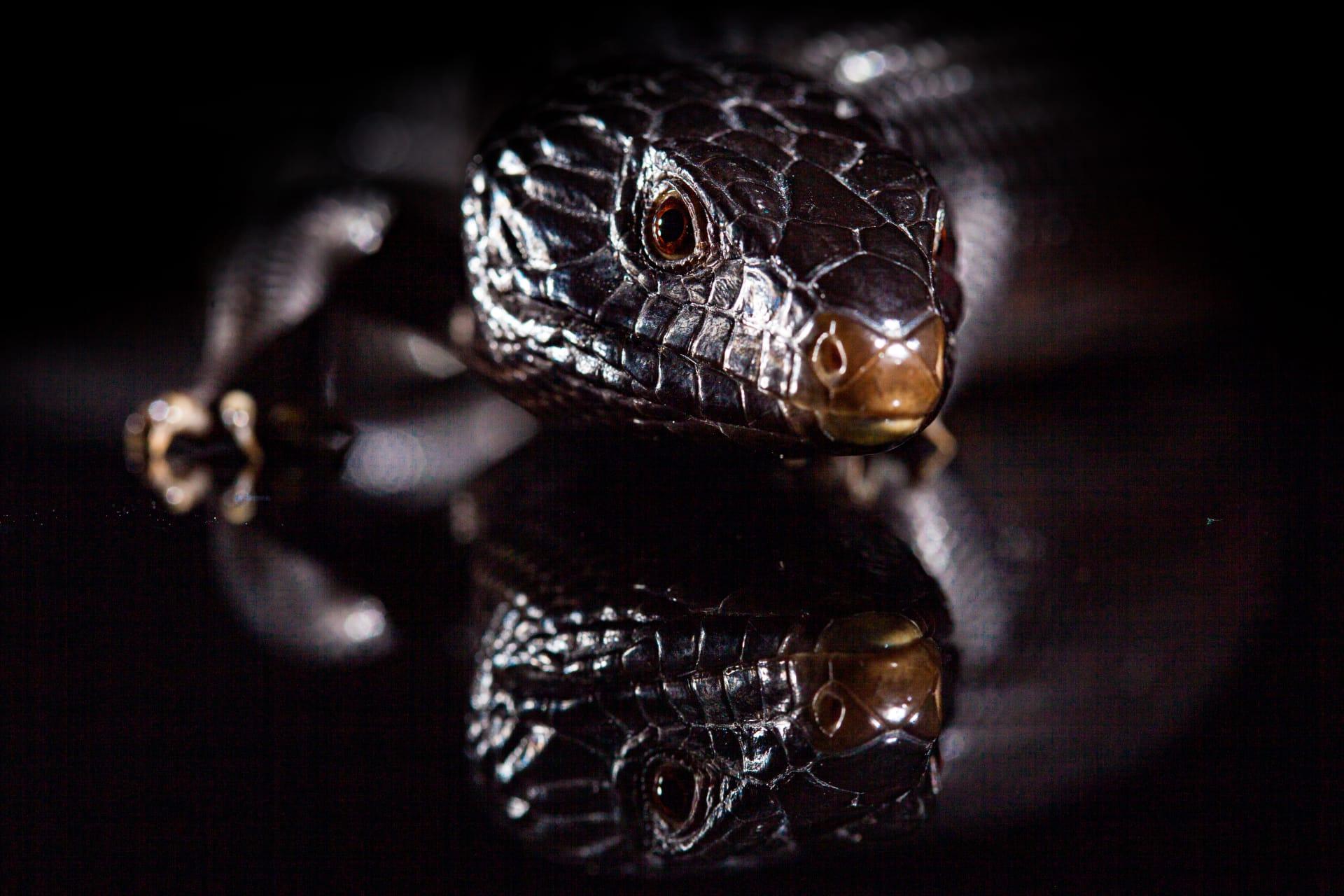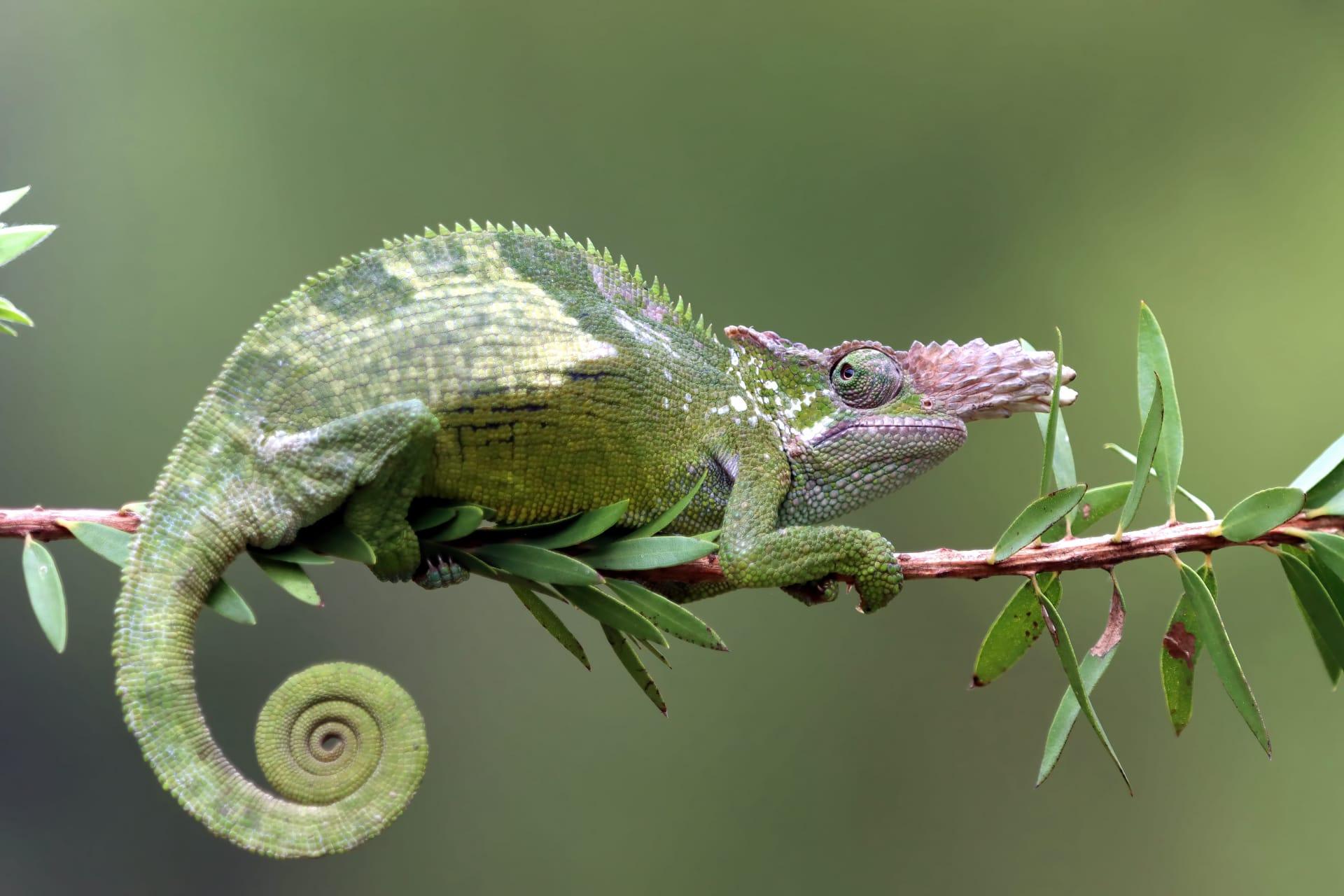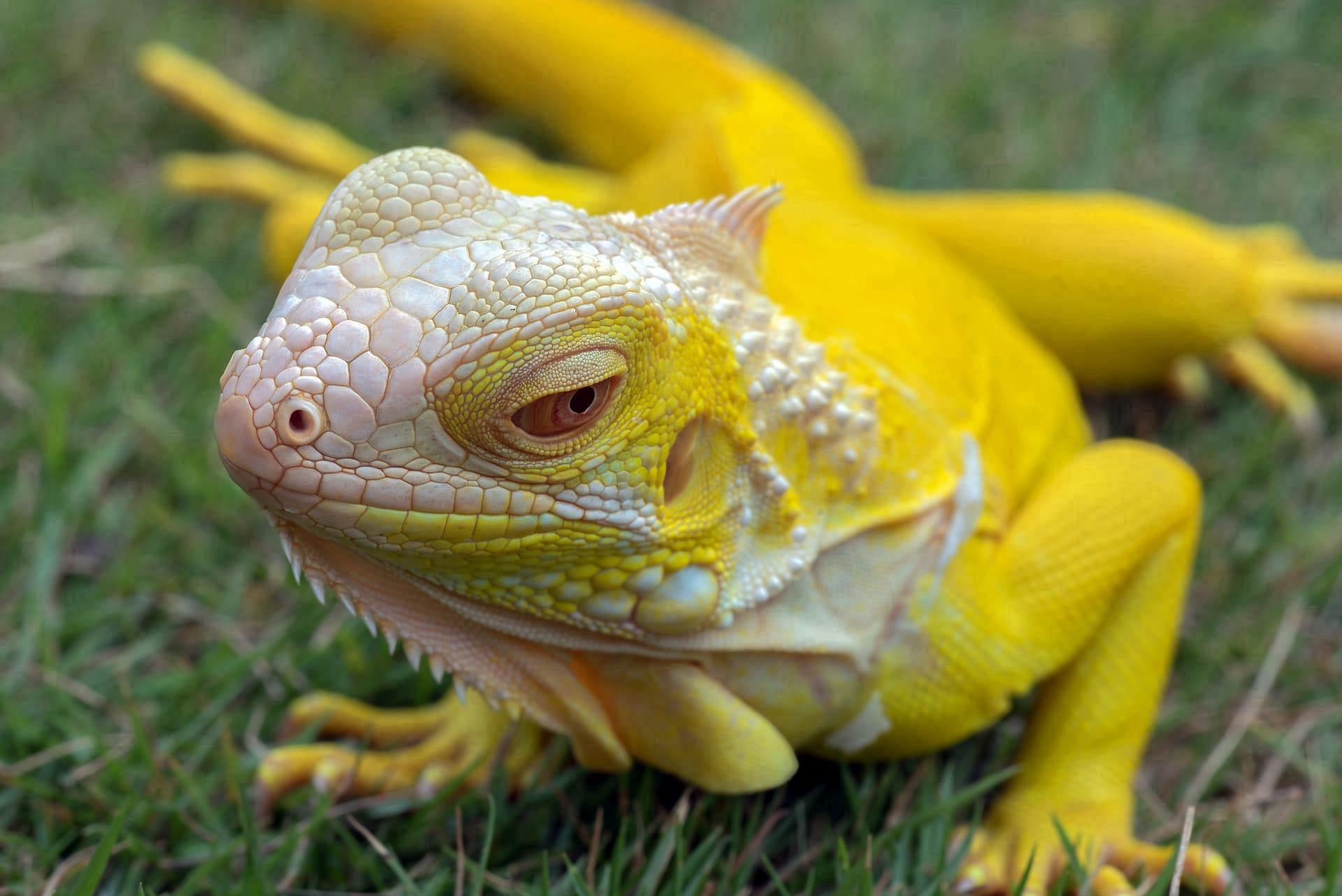Lizard
- Home /
- Mini Encyclopedia /
- Animal /
- Lizard
1
Lizards, fascinating creatures of the reptile family, are part of the order Squamata, which also includes snakes. There are over 6,000 species of lizards, varying greatly in size, color, and shape. These species are categorized into multiple families, such as the large and muscular monitor lizards (Varanidae) and the vibrant, often tree-dwelling chameleons (Chamaeleonidae). Lizards possess distinct characteristics like eyelids, external ear openings, and most have four legs, setting them apart from their slithery snake relatives.
Lizards are found on every continent except Antarctica, showcasing their adaptability. They thrive in diverse habitats, from rainforests and deserts to grasslands and urban areas. The common house gecko, for example, is often seen in homes across tropical regions. In North America, the widespread presence of the Carolina anole, also known as the green anole, is notable. They primarily inhabit areas in the southeastern United States, showcasing adaptability to both wild and suburban environments.

2
Question: Do lizards drink water?
Answer: A common misconception is that lizards don’t need to drink water. In reality, while some species can absorb moisture through their skin, most lizards do require direct water intake. They often drink from dew, raindrops, or water sources like puddles. Desert-dwelling species like the thorny devil have specialized skin that can channel water to their mouths, a remarkable adaptation for survival in arid conditions.

3
Lizards employ various survival strategies. Camouflage is widespread, allowing them to blend into their environment to avoid predators. For example, chameleons can change their skin color for camouflage or communication. Another strategy is autotomy, where a lizard can detach its tail when threatened. The tail continues to wriggle, distracting the predator while the lizard escapes. This tail will eventually regrow, a phenomenal example of regeneration in the animal kingdom.
Lizards also display diverse feeding habits, essential for their survival. Many are insectivores, feeding on insects, while others are herbivores, carnivores, or omnivores. The Komodo dragon, the largest living lizard, is a formidable carnivore, preying on animals as large as deer. This variety in diet reflects their adaptability and role as both predators and prey in their ecosystems.

4
In ecosystems, lizards play vital roles as both predators and prey. They help control insect populations, impacting the ecological balance. This pest control is especially beneficial in agricultural areas, where lizards can limit the population of crop-damaging insects.
Lizards also contribute to seed dispersal and pollination. Some fruit-eating lizards pass seeds through their digestive systems, aiding in plant propagation. Their presence in the food chain is crucial; they are prey for birds, mammals, and larger reptiles, making them integral to maintaining the balance in various habitats.

5
Film: "Planet Earth II" (United Kingdom, 2016) features a segment on lizards, specifically focusing on the dramatic escape of a marine iguana hatchling from racer snakes. This BBC documentary, narrated by Sir David Attenborough, provides breathtaking visuals and insights into the lives of various species, including lizards, in diverse ecosystems around the world.
Book: "Lizards: Windows to the Evolution of Diversity" (United States, 2003) by Eric R. Pianka and Laurie J. Vitt. This book offers a comprehensive overview of lizard biology, exploring their evolution, behavior, and ecological significance. It's a valuable resource for understanding the vast diversity among lizard species.
Book: "The Lizard King: The True Crimes and Passions of the World's Greatest Reptile Smugglers" (United States, 2008) by Bryan Christy. This intriguing book delves into the world of reptile smuggling, focusing on lizards. It combines elements of investigation and conservation, highlighting the impact of illegal trade on lizard species worldwide.